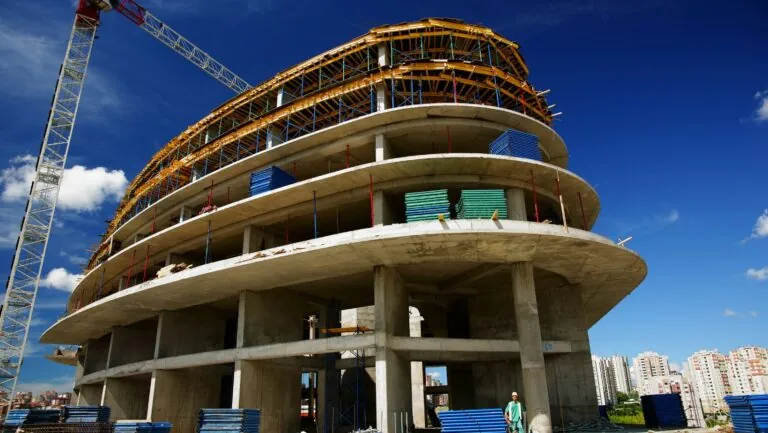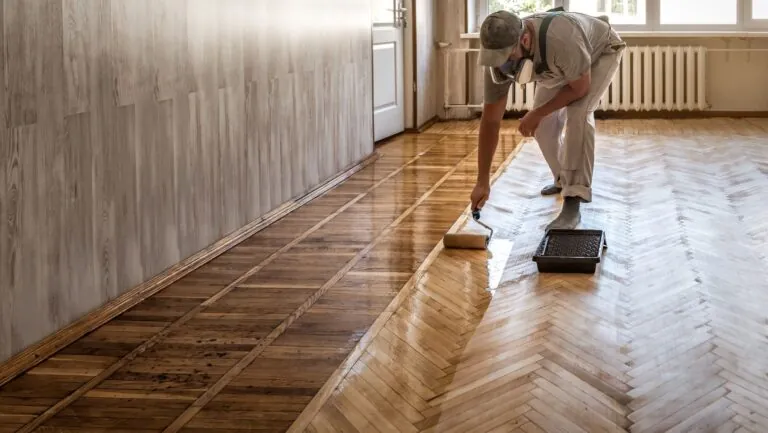When you look at a bridge spanning a river, a skyscraper towering over the city, or even your own home, it’s easy to forget that what truly keeps those structures standing isn’t what you see above the ground — it’s what lies beneath it. Stability doesn’t come from luck or guesswork; it’s the result of precise planning, engineering expertise, and an intricate understanding of the earth itself.
Building structures that stand the test of time is part science, part art. It’s a process that involves understanding soil behaviour, material strength, environmental impact, and — above all — how all those factors interact over decades or even centuries. The foundation may not be visible, but it’s where every lasting structure begins.
Table of Contents
ToggleIt All Begins with the Ground Beneath You
Before any concrete is poured or steel is set in place, engineers must first understand what they’re building on. The ground itself determines how strong — or fragile — a structure will be. That’s where auger drilling plays a crucial role. By extracting soil samples from deep underground, engineers can study the layers of earth, rock, and clay that lie below the surface. This testing helps determine how much weight the soil can safely hold, whether it will shift over time, and how moisture or temperature might affect it.
It might sound like a simple step, but it’s one of the most important. Every site is different — the soil beneath a coastal city behaves very differently from the red clay found inland, and building without knowing those details can spell disaster.
Some of the most famous structural failures in history, from leaning towers to collapsed bridges, were caused by weak or unstable foundations. By understanding what lies below, engineers can design foundations that adapt to the environment — ensuring that the structures above don’t just stand tall but stand forever.
The Foundation: Strength from the Ground Up
Once the soil has been studied and the design approved, it’s time to lay the foundation — quite literally the bedrock of every stable structure. The type of foundation depends on the building, the soil, and the forces it will face over time.
For smaller structures like homes, shallow foundations such as slabs or footings are usually enough. But for skyscrapers, bridges, and industrial buildings, engineers use deep foundations like piles or caissons that extend tens of metres underground. These piles transfer the building’s weight to stronger soil or bedrock below, ensuring it stays steady even when surface conditions shift.
Modern technology allows engineers to build foundations with extraordinary precision. GPS-guided drilling rigs, vibration sensors, and computer modelling ensure every pile is placed exactly where it should be. These tools minimise human error and help predict how the ground will behave over time — a key part of building something that lasts.
The Science of Materials That Endure
Once the foundation is secure, the focus turns to materials — the bones of the structure. The strength and longevity of any building depend heavily on the quality of the materials used and how they’re treated.
Concrete, for example, remains one of the most widely used materials in the world, but its success depends on careful mixing and curing. Add too much water, and it weakens. Let it dry too quickly, and it cracks. Engineers today use high-performance concretes reinforced with fibres, polymers, or recycled materials to increase strength and reduce environmental impact.

Steel is another powerhouse of modern construction — strong, flexible, and capable of withstanding tension and compression. The secret to its longevity lies in protection. Coatings, galvanisation, and corrosion-resistant alloys keep it safe from the elements. Even wood, often overlooked as a “soft” material, can be treated to resist decay and fire, making it suitable for long-lasting eco-friendly structures.
The materials themselves are becoming smarter too. Self-healing concrete can automatically seal small cracks, while composite materials blend the best properties of metals, plastics, and fibres. It’s engineering evolution in action — and it’s all designed with one purpose: durability.
Balancing Strength and Flexibility
A stable structure isn’t one that never moves — it’s one that knows how to move safely. Buildings and bridges are constantly exposed to dynamic forces like wind, earthquakes, traffic, and temperature changes. If they were completely rigid, they’d crack under the strain.
That’s why flexibility is a key part of modern engineering design. Skyscrapers, for example, are built to sway slightly in the wind — sometimes up to a metre or more at their highest points — without compromising stability. Bridges expand and contract with heat, thanks to expansion joints that allow movement without damage.
In earthquake-prone areas, engineers use base isolators — flexible pads between the structure and its foundation — to absorb seismic energy. These innovations make buildings safer and extend their lifespan dramatically.
It’s a delicate balance: too much rigidity leads to brittleness, while too much flexibility risks instability. The magic lies in the middle — a structure strong enough to resist, yet flexible enough to adapt.
Designing for the Environment
The natural environment has a profound influence on how long a structure lasts. Sun, wind, rain, and salt can slowly erode even the toughest materials. Engineers today design with these forces in mind, not against them.
In coastal regions, salt corrosion is a major threat to concrete and steel. Protective coatings, waterproofing membranes, and advanced sealants are used to keep the elements out. In flood-prone areas, elevated foundations and water-resistant materials prevent damage from rising tides.
Sustainability also plays a big role. Using materials that can withstand local conditions reduces maintenance and replacement needs — which is not only cost-effective but environmentally responsible. Green building design now incorporates natural ventilation, rainwater harvesting, and energy-efficient materials to create structures that last longer and tread lighter on the planet.
The Role of Testing and Maintenance
Even the strongest structure needs care over time. Regular inspection and maintenance are essential to identify early signs of wear, corrosion, or stress before they become major problems.
Engineers use a variety of non-destructive testing methods — such as ultrasonic scanning, infrared imaging, and ground-penetrating radar — to “see inside” structures without damaging them. These tools can detect cracks, voids, and weak points long before they’re visible.
Many modern buildings and bridges now include embedded sensors that continuously monitor vibrations, temperature changes, and load stress. This real-time data helps predict potential failures, allowing for timely repairs and extending the structure’s life.
Think of it as preventive medicine for engineering — constant check-ups that keep a structure healthy well beyond its expected lifespan.
Innovation Beneath the Surface
Some of the most exciting developments in structural engineering are happening out of sight. Robotics and automation have revolutionised how foundations are built and inspected. Drones now perform aerial surveys of bridges and high-rise exteriors, while autonomous ground vehicles map underground conditions with incredible precision.
3D printing is also making waves in construction. Entire structural components — from walls to bridge segments — can now be printed using reinforced concrete or composite materials. This process reduces waste, improves accuracy, and allows for innovative designs that were previously impossible.
Meanwhile, AI-powered modelling software can simulate decades of environmental wear in a matter of hours, helping engineers design smarter, more resilient structures. By predicting how materials and foundations will respond to stress, we can build not just for today — but for generations to come.
The Human Factor
For all the advanced tools and materials, the most important ingredient in building stable structures is still human expertise. Engineers, architects, and construction specialists bring decades of knowledge, intuition, and problem-solving to each project.
No computer can fully replicate the experience of a professional who understands how the ground feels under their boots or how a material behaves in real-world conditions. The collaboration between human insight and technological precision is what turns a blueprint into a legacy.
Building for the Future
Every stable structure is a promise — a commitment to safety, functionality, and longevity. Whether it’s a humble home or a record-breaking bridge, lasting structures are born from a blend of science, creativity, and respect for the natural world.
We may marvel at their height or design, but their true beauty lies beneath the surface — in the foundations, materials, and engineering principles that allow them to stand strong through storms, earthquakes, and time itself.

Building something that lasts isn’t just about strength — it’s about foresight. It’s about understanding the environment, embracing technology, and working with the earth rather than against it. And when done right, it’s what allows the world’s greatest structures to endure — stable, steadfast, and ready for whatever the future holds.




